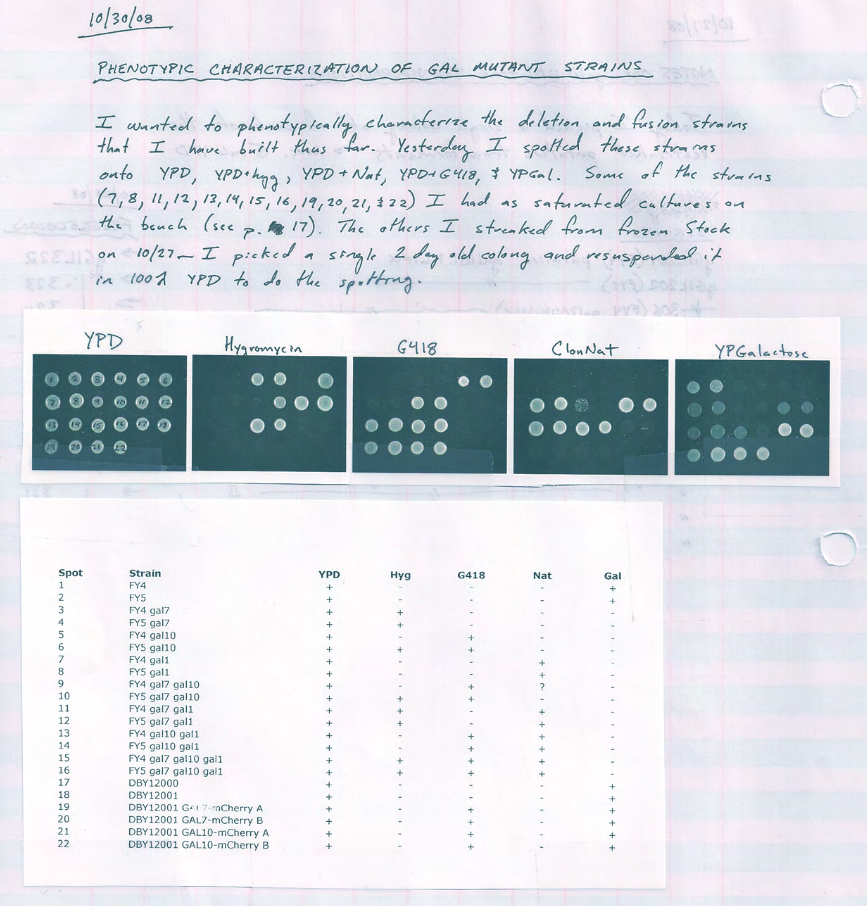Before the Workshop
All you need to do before the workshop is to familiarize yourself with Google Colab.
To start using Google Colab, all you need is a Google account. You can check out an example notebook here.
There are a few things you need to know about Google Colab or any notebook environment:
- The difference between code and text cells.
- How to create and edit a cell.
- How to run a cell.
We will cover these topics in the workshop, but it’s beneficial to have a head start. Try reading the example notebook as a document to get a sense of how it works. You can also try editing the text cells and running the code cells to familiarize yourself with the basic elements of the notebook.
About Notebooks
Notebooks are the result of an idea called “literate programming”. The basic idea is to write the code in a way that explains the logic of the program in human language.
This means that computer code is surrounded by text that explains the author’s ideas and the logic behind running that code. Similarly, the output of the code is usually followed by text, creating a narrative for the code being written.
The inspiration for various notebook coding environments, such as Colab or Jupyter, comes from laboratory research notebooks (like the one shown in the image below).
